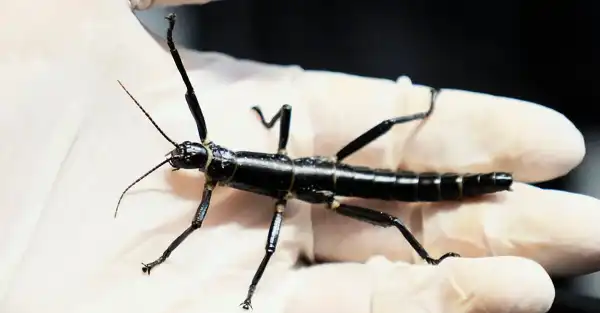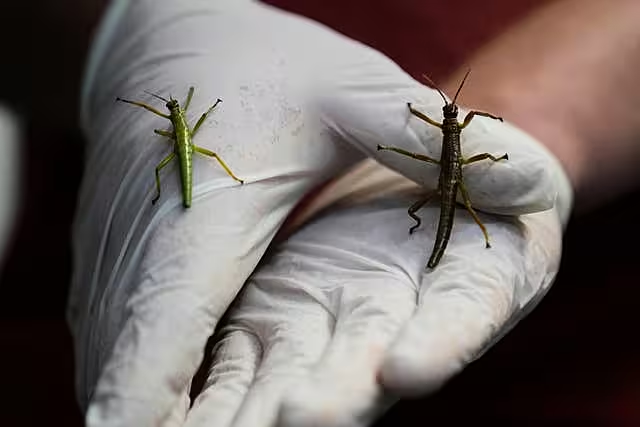
Prague Zoo has become part of an international effort to save a rare insect that was thought to be extinct for more than 80 years.
A zoo in the Czech Republic is among six institutions around the world that have managed to create living conditions for the largest species of flightless insect, the Lord Howe Island stick insect, which measures 15 cm (5.9 in) in length.
These insects are on display – a rare opportunity only available in London and San Diego.

Also known as the Lord Howe Island phasmid, this insect lives on a remote archipelago in the Tasman Sea off the coast of Australia.
The uninhabited archipelago was discovered in 1778. The insect population was probably wiped out by rats that arrived on a ship that was wrecked off the coast in 1918.
Climbers discovered traces of the insects in the 1960s on a rocky island 23km (14 miles) off the coast of Lord Howe.
In 2001, it was discovered that individuals of the species were surviving there. Two pairs were transported to Australia to breed, which was considered a necessary step to save the endangered species.
“They had to make a huge effort to survive for 100 years in such a harsh place as the Pyramid of Balls, and now they need such sensitive care to live in captivity,” said Vojtech Vit, an experienced keeper at Prague Zoo.
The zoo had to build a specially equipped building with air conditioning and disinfection equipment for keepers at the entrance to protect the insects, which are susceptible to bacterial and viral infections, and also obtain permission from Australian authorities to breed them.
The aim of the breeding programme is to reintroduce the insect to its natural habitat on Lord Howe Island after rats were eradicated there in 2019.
Sourse: breakingnews.ie






